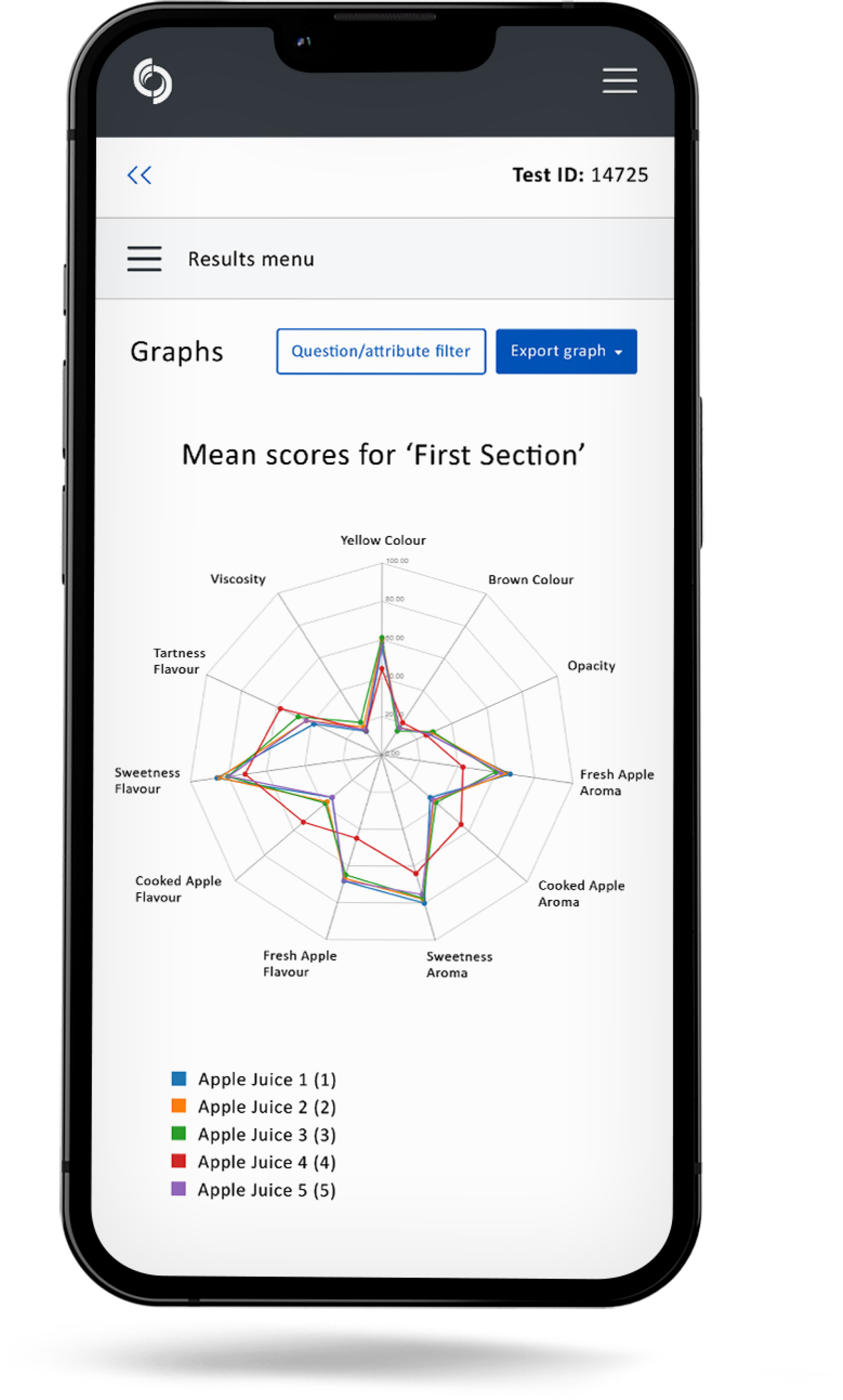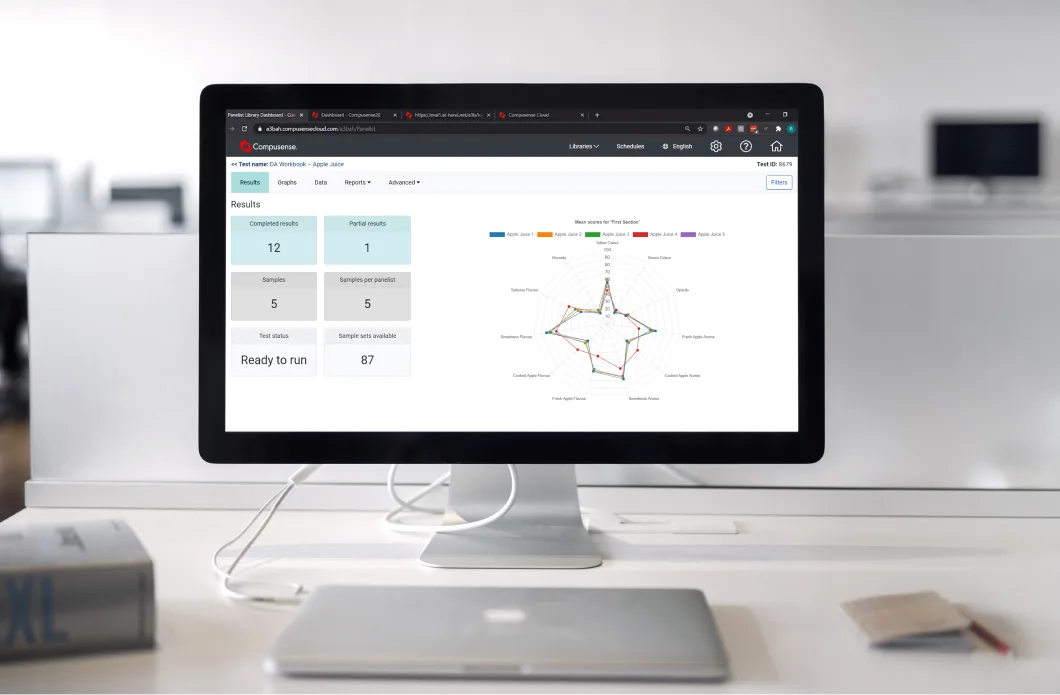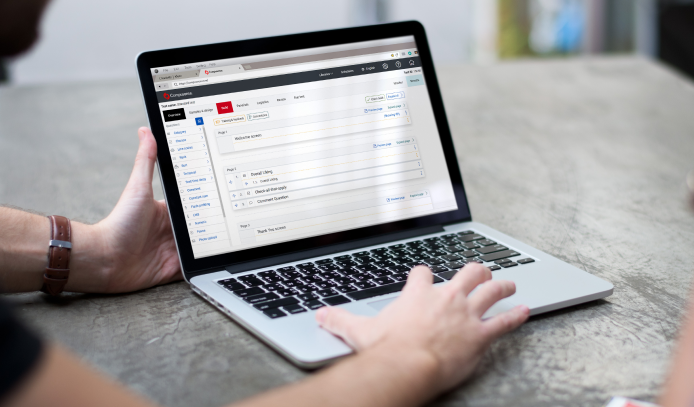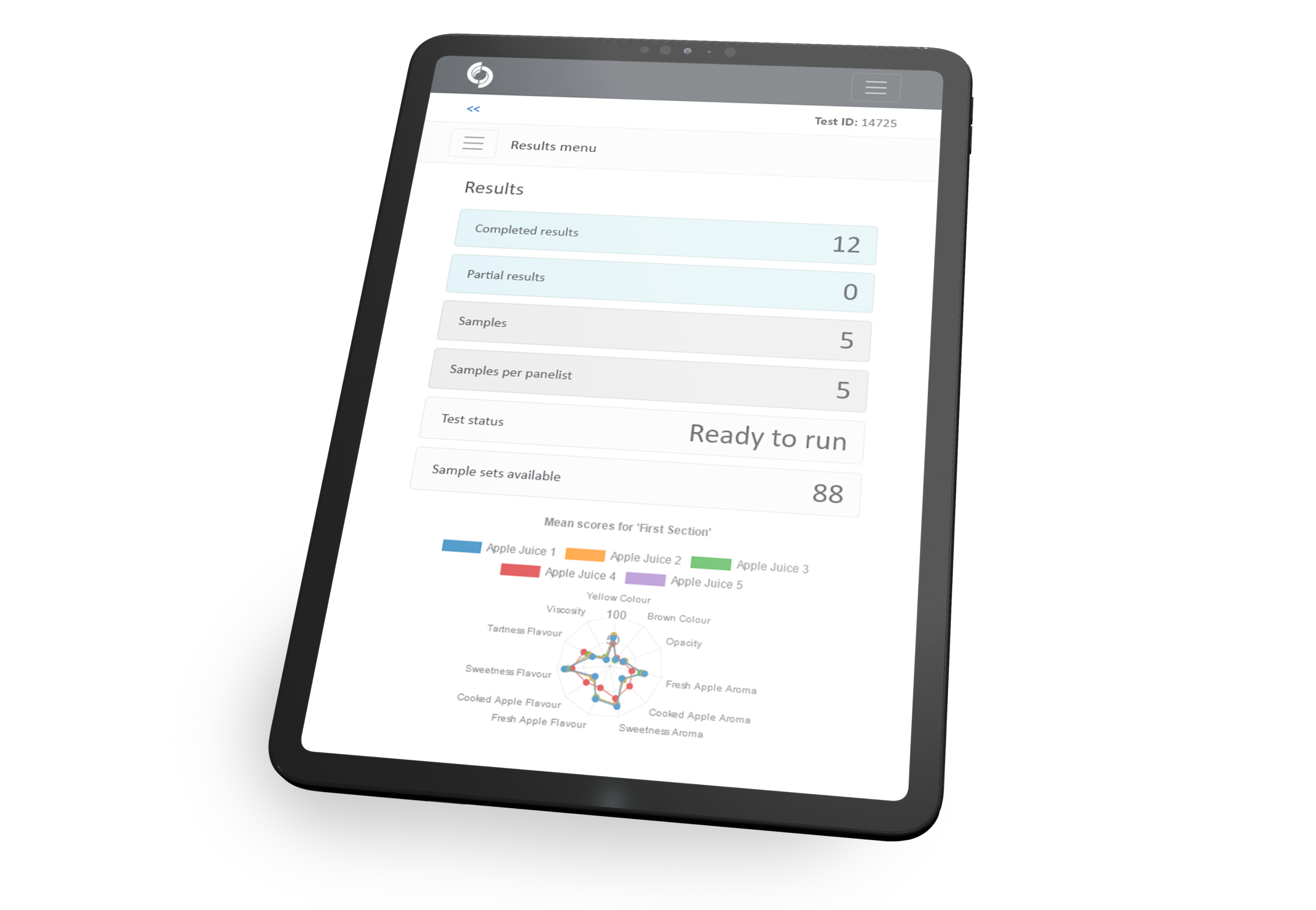
- Home
- Software & Support
- Consulting & Services
- ResourcesBest practicesPractical guidesWhite papersVideosBlogBest practicesPractical guidesWhite papersVideosBlog
- Research
- About Us
- Contact
Compusense is the ultimate destination for Sensory and Consumer Research Software Solutions. Compusense has been a pioneer in the industry since our debut in 1986, supplying Sensory and Consumer researchers with software that is user-friendly and customizable. Our objective is to make it easier to create, execute, and analyze Sensory and Consumer Research Studies.
One of the cornerstones of our service is our dedicated and knowledgeable support team. Our Client Success experts are readily available to provide prompt assistance during your product testing journey, as time and resources are invaluable assets. Compusense software enables you to maximize your research efforts and enhance your organization’s capacity for success.

Compusense is the ultimate destination for Sensory and Consumer Research Software Solutions.
Compusense has been a pioneer in the industry since our debut in 1986, supplying Sensory and Consumer researchers with software that is user-friendly and customizable. Our objective is to make it easier to create, execute, and analyze Sensory and Consumer Research Studies.
One of the cornerstones of our service is our dedicated and knowledgeable support team. Our Client Success experts are readily available to provide prompt assistance during your product testing journey, as time and resources are invaluable assets. Compusense software enables you to maximize your research efforts and enhance your organization's capacity for success.









Create customized questionnaires with the many different question types that we have available, from category scales, discrimination question types, line scales, temporal and everything in between.

Create customized questionnaires with the many different question types that we have available, from category scales, discrimination question types, line scales, temporal and everything in between.

Leverage our variety of reporting and analysis options, including auto-report generation with ready-to-go reports in Microsoft PowerPoint, Word or Excel.


Take advantage of the single sign-on (SSO) feature for an enhanced user experience, simplified user authentication, streamlined access and enhanced security.


Stay informed and ahead of the curve with our company updates. Compusense shares our latest activities in the sensory industry, from conferences to partnership announcements.


Email: info@compusense.com
1 800 367 6666 (North America)
1 519 836 9993 (International)
412 Laird Road Unit #104
Guelph, ON
Canada N1G 3X7
© 2024 Copyright Compusense Inc.
412 Laird Road, Unit #104
Guelph, ON
Canada N1G 3X7
© 2024 Copyright Compusense

Quality test methods are used to evaluate a product based on its sensory attributes and overall consumer perception to ensure it meets certain standards of excellence and consistency. These methods provide a consumer-centric assessment of product quality, ensure consistency and adherence to quality standards and drive continuous improvement and customer satisfaction. Examples include, but are not limited to, Shelf Life, Degree of Difference,
Difference from Control, In/Out, etc.
Quality test methods are used to evaluate a product based on its key attributes to ensure it meets specific standards of excellence for consistency. These methods provide an internal assessment of the product quality to adhere to quality standards and achieve customer satisfaction. Examples include, but are not limited to, Shelf-Life, Degree of Difference, Difference from Control, and In & Out methods.

Discrimination test methods are used to determine if there are noticeable differences or similarities between products. These methods enable effective differentiation between products, aid in quality control and assurance by identifying variations and deviations, as well as facilitate efficient decision-making based on objective data. Examples include, but are not limited to, Tetrad, Triangle, Duo-Trio, Paired Comparison, etc.
Discrimination testing methods are used to determine if there are noticeable differences or similarities between products. These methods enable effective differentiation between products, aid in quality control and assurance by identifying variations and deviations, as well as facilitate efficient decision-making based on objective data. Examples include, but are not limited to, Tetrad, Triangle, Duo-Trio, and Paired Comparison test methods.



Quality test methods are used to evaluate a product based on its sensory attributes and overall consumer perception to ensure it meets certain standards of excellence and consistency. These methods provide a consumer-centric assessment of product quality, ensure consistency and adherence to quality standards and drive continuous improvement and customer satisfaction. Examples include, but are not limited to, Shelf Life, Degree of Difference,
Difference from Control, In/Out, etc.
Quality test methods are used to evaluate a product based on its key attributes to ensure it meets specific standards of excellence for consistency. These methods provide an internal assessment of the product quality to adhere to quality standards and achieve customer satisfaction. Examples include, but are not limited to, Shelf-Life, Degree of Difference, Difference from Control, and In & Out methods.